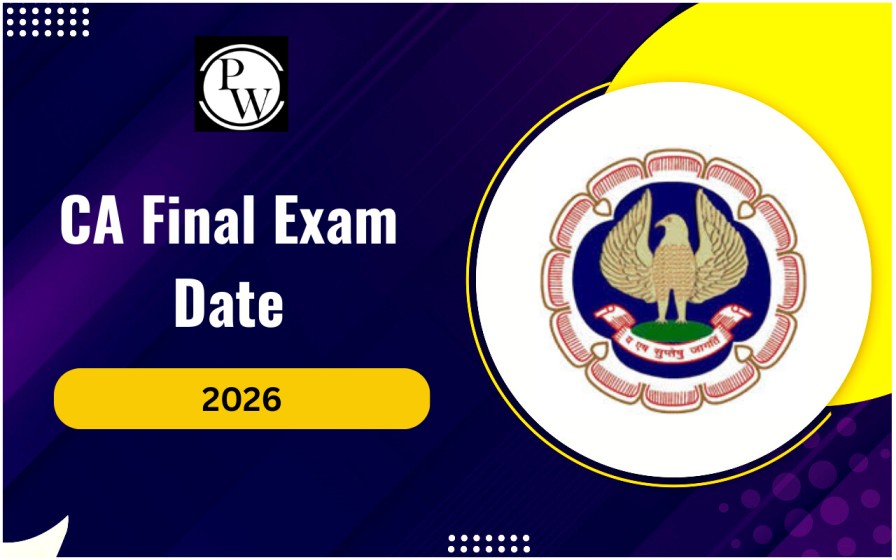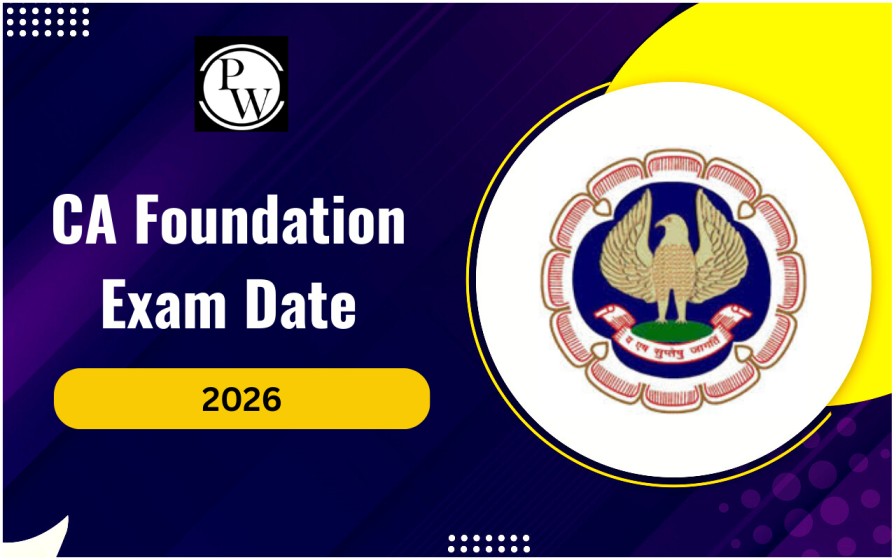
Sampling is the backbone of data analysis and auditing, especially for aspiring Chartered Accountants (CAs). As a CA student, understanding sampling techniques and their real-world applications can be your gateway to excelling in your examinations and future career. This article will delve deep into the concept of sampling for CA exams , its types, benefits, challenges, and its role in auditing and decision-making.
What is Sampling?
Sampling refers to the process of selecting a subset of items or observations from a larger population to analyze and draw conclusions about the entire population. It’s a technique widely used in auditing, statistics, and research to save time, effort, and resources. In the context of CA exams and practical auditing, sampling helps auditors examine a representative portion of transactions or records rather than scrutinizing every single entry, which is often impractical.Why is Sampling Important in Auditing?
Auditing involves examining financial statements, internal controls, and compliance with laws and regulations. Sampling plays a critical role here because:- Efficiency: Auditors cannot examine every transaction in large organizations. Sampling saves time and effort.
- Accuracy: Proper sampling techniques ensure that the selected data represents the entire population, providing reliable results.
- Cost-Effectiveness: By focusing on a smaller subset, organizations reduce the cost of audits.
- Risk Assessment: Sampling helps identify potential risks and anomalies in financial statements without reviewing every detail.
Also Check: Linear Equations Up-to Three Variables
Types of Sampling in Auditing
The following are the various types of sampling methods that are particularly relevant for CA students:1. Random Sampling
Random sampling involves selecting items from the population purely by chance, ensuring that every item has an equal probability of being chosen. This method minimizes bias and is widely used in audits to maintain objectivity.2. Stratified Sampling
In stratified sampling, the population is divided into smaller groups (strata) based on similar characteristics. Samples are then taken from each stratum. This method ensures representation from diverse segments of the population.3. Systematic Sampling
Here, items are selected at regular intervals from an ordered list. For instance, auditors may review every 10th transaction in a ledger. This method is straightforward and ensures even coverage of the dataset.4. Cluster Sampling
Cluster sampling involves dividing the population into clusters and then randomly selecting entire clusters for analysis. It’s particularly useful when the population is too large or geographically dispersed.5. Judgmental Sampling
This method relies on the auditor’s judgment to select the sample. While it allows flexibility, it may introduce bias if not executed carefully.How to Choose the Right Sampling Method?
Selecting the appropriate sampling technique depends on several factors:- Determine whether the focus is on error detection, compliance, or risk assessment.
- Larger populations may require systematic or stratified sampling for better representation.
- Consider time, budget, and personnel.
- Understand the complexity and variability within the dataset.
Applications of Sampling in Auditing
To make the concept more relatable, let’s look at real-life scenarios:Revenue Audits: Sampling is instrumental in verifying revenue recognition accuracy without reviewing all transactions. This ensures financial statements reflect true performance.
Inventory Verification: By checking a representative sample of inventory items, auditors confirm their existence and accurate valuation, streamlining the process for large organizations.
Compliance Checks: Sampling aids in confirming adherence to statutory requirements like GST filings. This saves time while ensuring compliance across diverse data sets.
These practical examples highlight the significance of mastering sampling techniques for CA students aspiring to become successful auditors. To gain a competitive edge, consider enrolling in PW CA Courses, where expert mentors guide you through every concept, including sampling, with real-world applications and exam-oriented strategies. Start your journey with PW CA Courses today and take a confident step toward your CA dream!Sampling FAQs
What is the main purpose of sampling in auditing?
How is random sampling different from systematic sampling?
Can sampling lead to errors in auditing?
Why is stratified sampling preferred in complex datasets?










